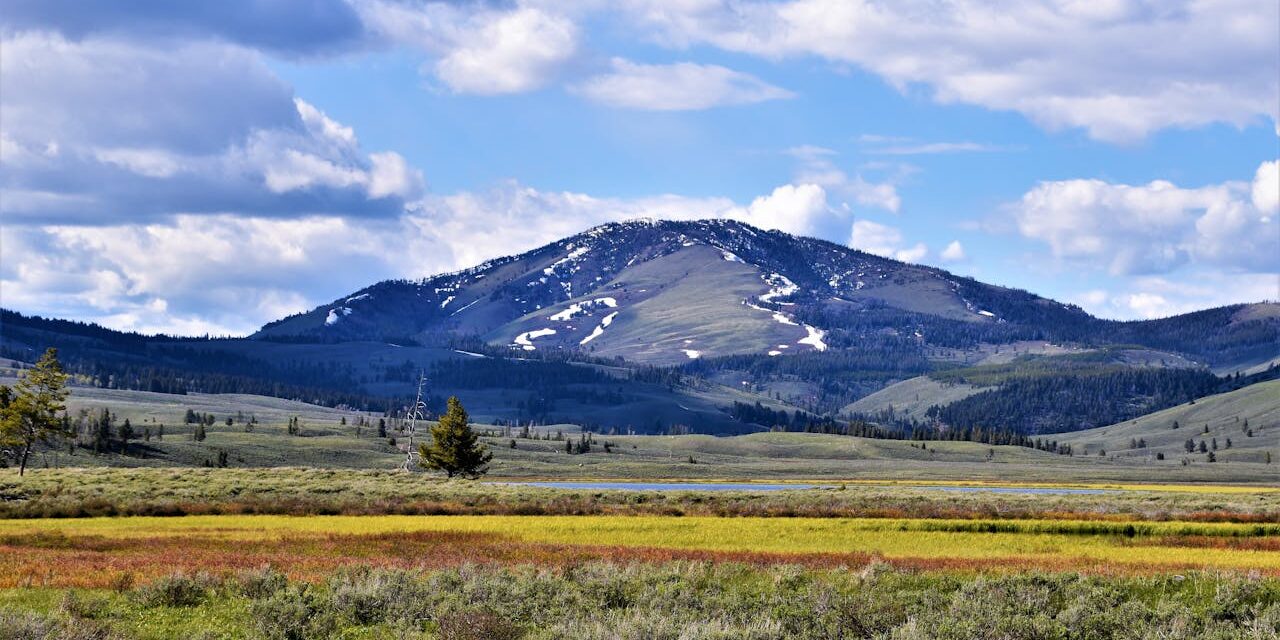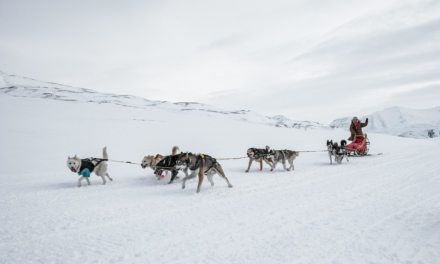Montana, often referred to as the “Treasure State,” has a rich history marked by diverse influences and significant events.
From its indigenous cultures and early European exploration to its key role in westward expansion and notable events in American history, Montana’s past is fascinating and multifaceted.
Below, we jump into the history of Montana, highlighting its foundation, major historical events, and significant landmarks.
Table of Contents
Early History
Indigenous Inhabitants and European Exploration
Before European settlers arrived, Montana was inhabited by various Native American tribes, including the Crow, Cheyenne, Blackfeet, and Salish.
- These tribes had developed complex societies with rich cultures, agriculture, and trade networks.
- French fur traders and explorers, such as Jacques Marquette and Louis Jolliet, were among the first Europeans to explore the region in the late 17th century.
The indigenous peoples and early European explorers laid the groundwork for future settlements in Montana.
Colonial and Territorial Periods
Montana became a U.S. territory on May 26, 1864, following the discovery of gold and the resulting influx of settlers.
- The region saw rapid development with the establishment of mining towns like Bannack, Virginia City, and Helena.
- The influx of settlers significantly impacted Native American tribes and led to conflicts over resources and land.
These early developments were significant in shaping Montana’s cultural and economic landscape.
Key Historical Events
Statehood and Early Development
Montana was admitted to the Union as the 41st state on November 8, 1889.
- Early economic activities included fur trading, mining, and agriculture, which drove the state’s initial growth.
Statehood marked a new era of political and economic development for Montana.
The Gold Rush and Settlement
The Montana Gold Rush, beginning in 1862, was a pivotal event in the state’s history.
- Major gold strikes in Grasshopper Creek, Alder Gulch, and Last Chance Gulch led to the rapid influx of settlers that came into the area and the establishment of towns.
- The gold rush had significant impacts on Native American tribes and led to conflicts over resources.
The gold rush era played a crucial role in shaping Montana’s development and population growth.
The Battle of the Little Bighorn
The Battle of the Little Bighorn that happened in the state’s region, which took place on June 25-26, 1876, was a significant event in Montana’s history.
- This battle saw the defeat of Lieutenant Colonel George Custer and the 7th Cavalry by the Lakota Sioux, Northern Cheyenne, and Arapaho tribes.
- Often referred to as “Custer’s Last Stand,” the battle was a short-term victory for the Native American tribes but led to increased military efforts to subdue them.
The Battle of the Little Bighorn remains a poignant symbol of Native American resistance and the conflicts of westward expansion.
20th Century Growth and Development
Economic and Social Developments
Montana’s economy diversified significantly in the early 20th century, with growth in mining, agriculture, and transportation sectors.
- The Great Depression had a severe impact on the state, but New Deal programs facilitated economic recovery.
- Post-World War II, Montana experienced modernization and growth, particularly in urban areas like Billings and Missoula.
These developments laid the foundation for Montana’s modern economy.
Cultural Contributions
Montana is known for its contributions to literature, music, and the arts.
- The state has a rich cultural heritage, with writers like A.B. Guthrie Jr. and Ivan Doig capturing the essence of the American West.
- Montana also has a vibrant arts scene, with numerous galleries, theaters, and cultural institutions.
Montana’s cultural contributions have significantly shaped its identity.
Notable Landmarks
Yellowstone National Park
Established in 1872, Yellowstone National Park spans parts of Montana, Wyoming, and Idaho, and is famous for its geothermal features and wildlife.
- It is recognized as the first national park in the United States.
Yellowstone National Park is a testament to Montana’s natural beauty and commitment to conservation.
Glacier National Park
Established in 1910, Glacier National Park is renowned for its stunning landscapes and diverse ecosystems.
- The park is part of the world’s first International Peace Park, created in 1932 with Waterton Lakes National Park in Canada.
Glacier National Park highlights Montana’s scenic splendor and international cooperation in conservation.
Little Bighorn Battlefield National Monument
This site commemorates the Battle of the Little Bighorn and honors the Native American tribes and U.S. soldiers who fought there.
- The monument includes a visitor center, museum, and battlefield tours.
The Little Bighorn Battlefield National Monument gives us a reminder of Montana’s historical conflicts and their lasting impact.
Governance
State Government
Montana operates under a constitution adopted in 1972.
- The state government consists of the Executive, Legislative, and Judicial branches.
- The governor, currently Greg Gianforte, leads the executive branch.
The state government addresses the needs of Montana’s diverse population and manages its resources effectively.
Local Government
Montana’s local government structure includes counties, cities, and towns.
- Each level of government has specific responsibilities for services such as education, public safety, and infrastructure.
- Local governance ensures that the diverse needs of Montana’s communities are met.
Effective local governance contributes to the overall well-being of the state’s residents.
Demographics and Growth
Population
As of 2023, Montana’s population was approximately 1.1 million. The state’s demographic makeup reflects its history of immigration and cultural diversity.
Diverse demographics and steady growth reflect Montana’s appeal as a place to live and work.
Education and Economy
Montana is home to several prominent educational institutions, including the University of Montana and Montana State University.
- The state’s economy is diverse, with key sectors including agriculture, mining, and tourism.
- Montana is also known for its outdoor recreational opportunities, attracting visitors and residents alike.
These factors contribute to the state’s economic resilience and cultural vibrancy.
State of Montana Q&A
Q: When was Montana admitted to the Union?
A: Montana was admitted to the Union as the 41st state on November 8, 1889.
Q: Who were the original inhabitants of Montana?
A: The original inhabitants of Montana included various Native American tribes like the Crow, Cheyenne, Blackfeet, and Salish. Tribes like these had established societies with rich cultures and trade networks.
Q: What role did Montana play during the westward expansion?
A: Montana played a significant role in the westward expansion, particularly during the gold rushes of the 1860s and 1870s. These events attracted a large influx of settlers and significantly impacted Native American tribes in the region.
Q: What are some notable historical landmarks in Montana?
A: Notable landmarks include Yellowstone National Park, Glacier National Park, and the well known Little Bighorn Battlefield National Monument. These sites highlight Montana’s natural beauty, historical significance, and commitment to conservation.
Q: How is Montana governed?
A: Montana operates under a constitution adopted in 1972, with an Executive, Legislative, and Judicial branch. The governor leads the executive branch, and local governance is managed by counties, cities, and towns.
Q: What is the current population of Montana?
A: As of 2023, Montana’s population was approximately 1.1 million. The state continues to attract residents with its diverse culture, educational opportunities, and economic resilience.
Montana’s rich history and commitment to cultural preservation make it a unique and vibrant state. By protecting its historical landmarks and fostering growth across various industries, Montana honors its past while looking forward to a prosperous future.





